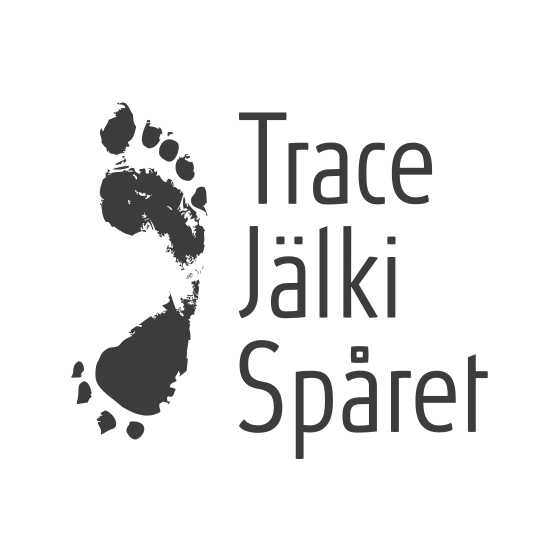Tahmeat rottakohtaamiset
DOI:
https://doi.org/10.23984/fjhas.121716Nyckelord:
affekti, kaupunki, kertomus, kohtaaminen, rotta, tahmeusAbstract
Elämme monilajisissa kaupungeissa, joissa kohtaamme monenlaista elämää. Toisinaan nämä kohtaamiset herättävät huomiomme ja saavat meissä aikaan erilaisia tunteita ja vaikutuksia. Kaupunkirotat ovat eläneet ihmisen kanssa samassa ympäristössä pitkään, mutta limittäinen yhteiselo ei ole ollut ongelmatonta kummallekaan lajille. Tässä artikkelissa tutkitaan ihmisen ja kaupunkirotan kohtaamisia ja niissä heränneitä tunteita, affekteja ja niiden tahmaisuutta, eli niiden kiertämistä ja tarttumista. Tutkimuksen aineisto koostuu rottia kohdanneiden kaupunkilaisten kirjoittamista kertomuksista, joista on analysoitu kohtaamisissa vaikuttaneita affekteja ja erityisesti niiden tahmaisuutta. Huolimatta kaupunkirottien maineesta inhon kohteena, aineiston rottakohtaamiset olivat moninaisia ja vaikuttavia tilanteita, ja ne saivat aikaan erilaisia tunteita ja affekteja pelosta iloon. Affektit olivat tahmaisia ja ne tarttuivat kiertäessään paitsi rottiin niin myös kohtaamispaikkoihin. Tahmaisuuteen vaikuttavat myös yhteiskunnassa kiertävät käsitykset ja ennakkoluulot rotista. Monipuoliset affektit avaavat tilaa keskustella siitä, miten kaupunkirottiin ja muihin liminaalisiin sekä hankaliin, yhteisen kaupunkiympäristömme muunlajisiin asukkaisiin suhtaudutaan.

Nedladdningar
Publicerad
Nummer
Sektion
Licens
Copyright (c) 2023 Venla Österdahl, Nina V. Nygren, Virpi Valtonen

Det här verket är licensierat under en Creative Commons Erkännande 4.0 Internationell-licens.





